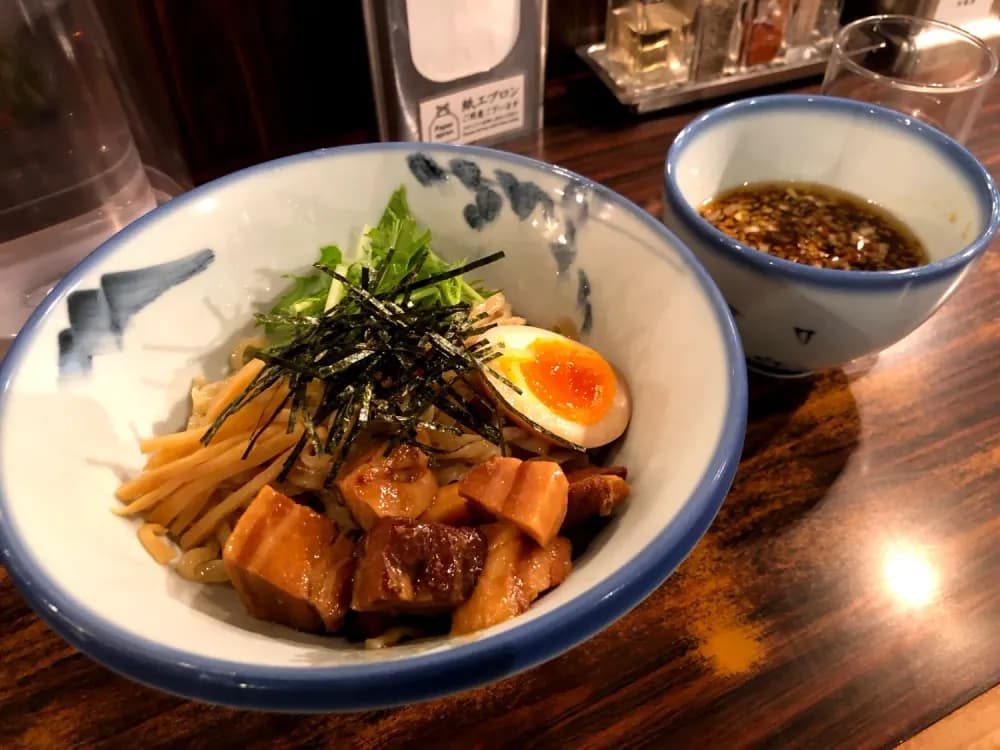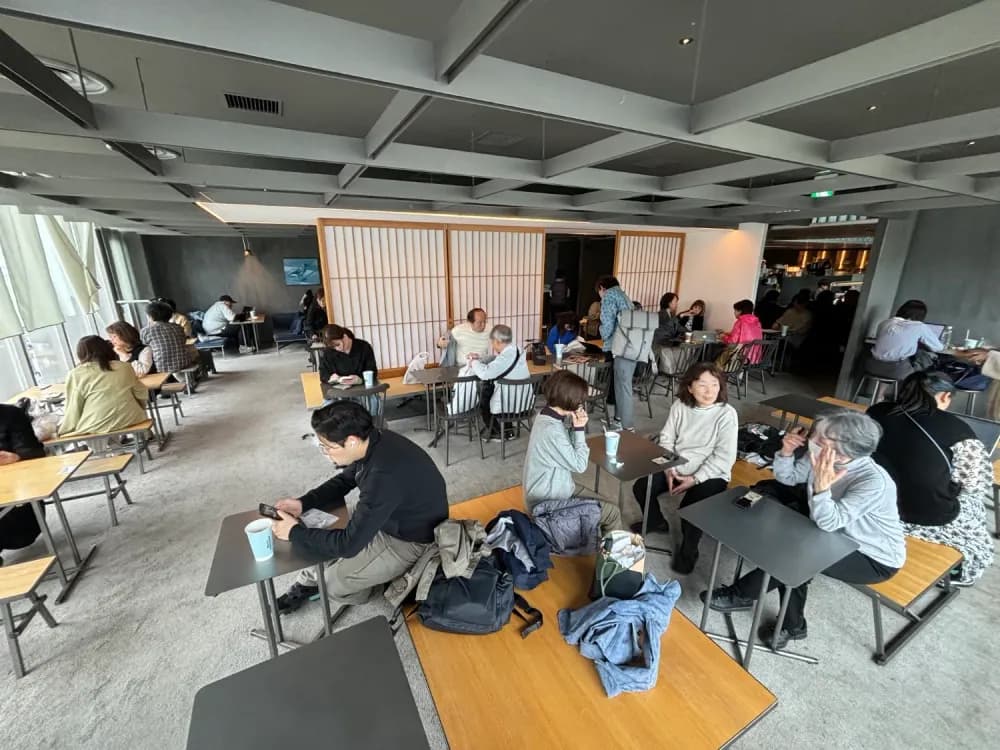One of Tokyo's most popular shrines
Operating Hours
06:40 to 16:00 (Daily)
Meiji Jingu Shrine is one of Tokyo’s most popular shrines (神社, Jinja), located within a lush jungle that spans 70 hectares. The shrine is dedicated to the deified spirits of Emperor Meiji (明治天皇, Meiji-tennō), the first Emperor of modern Japan after the Edo Period (1603-1867, 江戸時代, Edo-jidai), and his wife, Empress Shōken.
The jungle consists of more than 120,000 trees, that includes trees from all of the 47 prefectures around Japan. It is the most visited shrine in Japan for hatsumode (初詣, Hatsumōde, First shrine visit of the year), with over 3 million people in the first three days of the year. It is also rather common for wedding ceremonies to be held at the shrine on weekends.
During the approach to the shrine from Harajuku Station, you will find a section with walls of painted nihonshu (日本酒, Japanese rice wine) barrels stacked up on the right side, and an equivalent section of walls on the left side that have been filled with burgundy wine. In the Shinto (神道, Shintō) religion, it is thought that by drinking sake, people get closer to the gods. Thus, barrels of sake are donated to the shrine by sake brewers across Japan and consumed at special occasions like rituals and festivals. The barrels that are on display are empty barrels that have already been consumed. The barrels of burgundy wine were also donated by France, because of Emperor Meiji’s fondness for wine.
Meiji Jingu Shrine's Story
The temple was constructed in 1920, shortly after Emperor Meiji’s death in 1921 (they were buried in Kyoto), and was dedicated to honor him and his wife’s contributions to Japan’s modernization after the end of the Edo-era. The shrine was sadly destroyed during the air raids of the Second World War, but was finally rebuilt in 1958 after sourcing money for reconstruction from the public.
Optional Stops in Meiji Jingu Shrine
The Meiji Jingu Gyoen is a paid attraction, which includes the iris garden that was a favorite of Emperor Meiji. Additionally, you can find Kiyomasa’s Well , named after Kato Kiyomasa (加藤清正) a famous samurai in the 16th century whose residence was once located at this spot and was dug more than 400 years ago. Today, it is thought that Kiyomasa’s Well is a power spot (パワースポット), a place of positive spiritual energy and luck and was also often frequented by Emperor Meiji. In recent years, it has become popular amongst the Japanese to take photos of the well and use it as their smartphone wallpaper to increase their luck each time they use their phone. Due to its popularity, there might be a long wait in order to see the well for yourself.
The Meiji Jingu Museum was designed by world renowned architect, Kengo Kuma, who is known for his woodwork architecture and has been designed to blend into the forest. Many of the museums displays were shifted over from the former Meiji Jingu Homotsuden Treasure Museum, and includes interesting displays such as a carriage that Emperor Meiji rode in on the day that he signed the Meiji Constitution of Japan.
Meiji Jingu Shrine Is Mentioned In
Getting to Meiji Jingu Shrine
From
原宿駅
Harajuku Station
JY
19
JR山手線
JR Yamanote Line
Take West Exit
Walk
3 mins
400m
Check out other spots in Harajuku
原宿
Harajuku
東京
Tokyo
© 2023 Ki Creative. All Rights Reserved.
Due to changing circumstances, readers are advised to do their own additional research. All information on this site is purely for reference only.
Privacy





